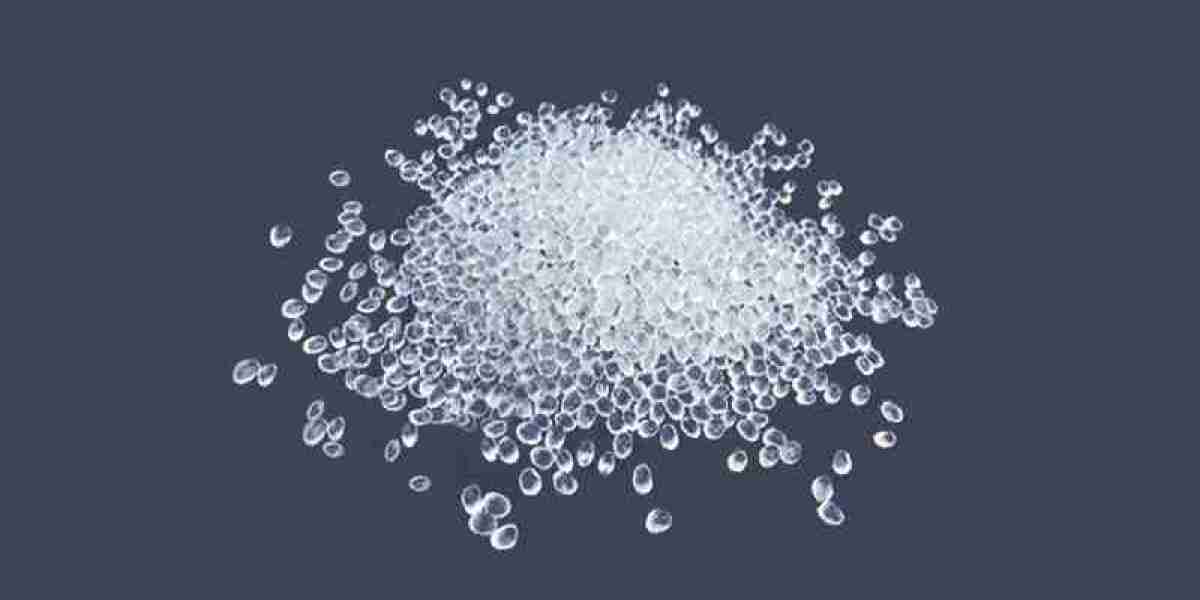The Vinyl Acetate Market plays a pivotal role in various industries, including adhesives, paints, packaging, and solar energy. However, as sustainability becomes a global priority, manufacturers involved in the production and use of vinyl acetate monomer (VAM) and its derivatives are facing growing scrutiny over environmental impact. From greenhouse gas emissions and toxic by-products to waste management and regulatory compliance, this article explores the critical environmental factors that manufacturers must understand and address.
Environmental Footprint of Vinyl Acetate Production
The environmental concerns in the Vinyl Acetate Market begin with the production of vinyl acetate monomer. This process primarily involves the reaction of ethylene, acetic acid, and oxygen using palladium-based catalysts in a gas-phase reactor. Although highly efficient, it poses several environmental risks:
1. Air Emissions
VAM production emits volatile organic compounds (VOCs), which contribute to ground-level ozone formation and air pollution.
Carbon dioxide (CO₂) and other greenhouse gases are released due to the use of fossil-based feedstocks like ethylene.
Acetic acid vapors and unreacted hydrocarbons can escape during processing.
2. Waste Generation
Catalyst residues and by-products require proper disposal.
Process water contaminated with chemicals must be treated before discharge.
Inefficient production facilities may generate hazardous waste, increasing environmental burden.
3. Energy Consumption
VAM production is energy-intensive, especially in older plants relying on outdated technology.
Most energy is derived from non-renewable sources, increasing the overall carbon footprint.
Regulatory Pressures on the Vinyl Acetate Market
Governments and international bodies have introduced strict environmental regulations to curb pollution from chemical manufacturing. For manufacturers in the Vinyl Acetate Market, compliance is not just a legal necessity but also a competitive differentiator.
Key Regulations Affecting the Market:
REACH (Europe): Requires companies to register and evaluate the environmental safety of chemical substances.
TSCA (U.S.): Mandates chemical risk evaluation and reporting for safe use.
Emission Trading Schemes (ETS): Carbon-intensive manufacturers may be subject to carbon pricing policies.
Waste Management Laws: Impose obligations on disposal of hazardous waste and recycling targets for polymers and packaging.
Failing to comply with these laws can lead to fines, product recalls, or bans in lucrative markets.
Industry Trends Toward Sustainability
The Vinyl Acetate Market is adapting in several ways to reduce its environmental impact:
1. Green Feedstocks
Producers are exploring bio-ethylene and bio-acetic acid derived from agricultural waste or sugarcane, reducing dependency on petroleum-based inputs.
Bio-based VAM production can significantly lower lifecycle emissions.
2. Energy Efficiency
Modern VAM plants are integrating catalyst regeneration systems, heat recovery technology, and digital process controls to optimize energy usage.
Transitioning to renewable electricity for operations further enhances sustainability credentials.
3. Cleaner Derivative Production
Manufacturers are favoring water-based polymers and adhesives, which emit fewer VOCs compared to solvent-based alternatives.
Wastewater treatment upgrades and closed-loop systems minimize environmental discharge.
4. Eco-Friendly End Products
EVA films used in solar panels contribute to renewable energy adoption.
PVOH-based packaging is biodegradable and water-soluble, aligning with circular economy goals.
Challenges for Manufacturers
Despite progress, manufacturers in the Vinyl Acetate Market face several challenges in minimizing environmental impact:
High Costs of Green Transition: Upgrading plants or switching to bio-based feedstocks requires substantial investment.
Technology Barriers: Developing efficient, scalable, and cost-effective alternatives is still a work in progress.
Supply Chain Gaps: Limited availability of renewable raw materials and lack of integrated green infrastructure in some regions.
Addressing these challenges requires collaboration among stakeholders, including governments, technology providers, and industry associations.
Best Practices for Environmental Compliance
To maintain long-term viability, manufacturers in the Vinyl Acetate Market should adopt the following best practices:
Life Cycle Assessment (LCA)
Conduct comprehensive LCAs to measure the environmental footprint from raw material acquisition to end-use and disposal.ISO 14001 Certification
Implement Environmental Management Systems (EMS) aligned with international standards for continuous improvement.Waste Minimization
Invest in waste segregation, recycling programs, and raw material optimization to reduce disposal costs and impact.Real-Time Monitoring
Use IoT and data analytics to monitor emissions, energy consumption, and chemical usage in real time.Employee Training
Train staff in environmental safety procedures, emergency response, and sustainable practices.
The Way Forward
As climate change and resource scarcity dominate global agendas, the Vinyl Acetate Market is under increasing pressure to become more environmentally conscious. Governments are demanding cleaner production, investors are prioritizing ESG (Environmental, Social, and Governance) performance, and consumers are favoring eco-friendly products.
For manufacturers, this shift presents both a challenge and an opportunity. Companies that proactively adopt greener technologies, comply with regulations, and invest in sustainable innovation are likely to enhance brand reputation, reduce operational risk, and unlock new market opportunities.
Conclusion
Environmental impact is becoming a central theme in the evolution of the Vinyl Acetate Market. From raw material sourcing to product applications, every stage of the value chain must be evaluated for its ecological footprint. Manufacturers must embrace sustainability not just to comply with regulations, but to future-proof their operations and lead the transition toward greener, safer, and more responsible chemical manufacturing.




